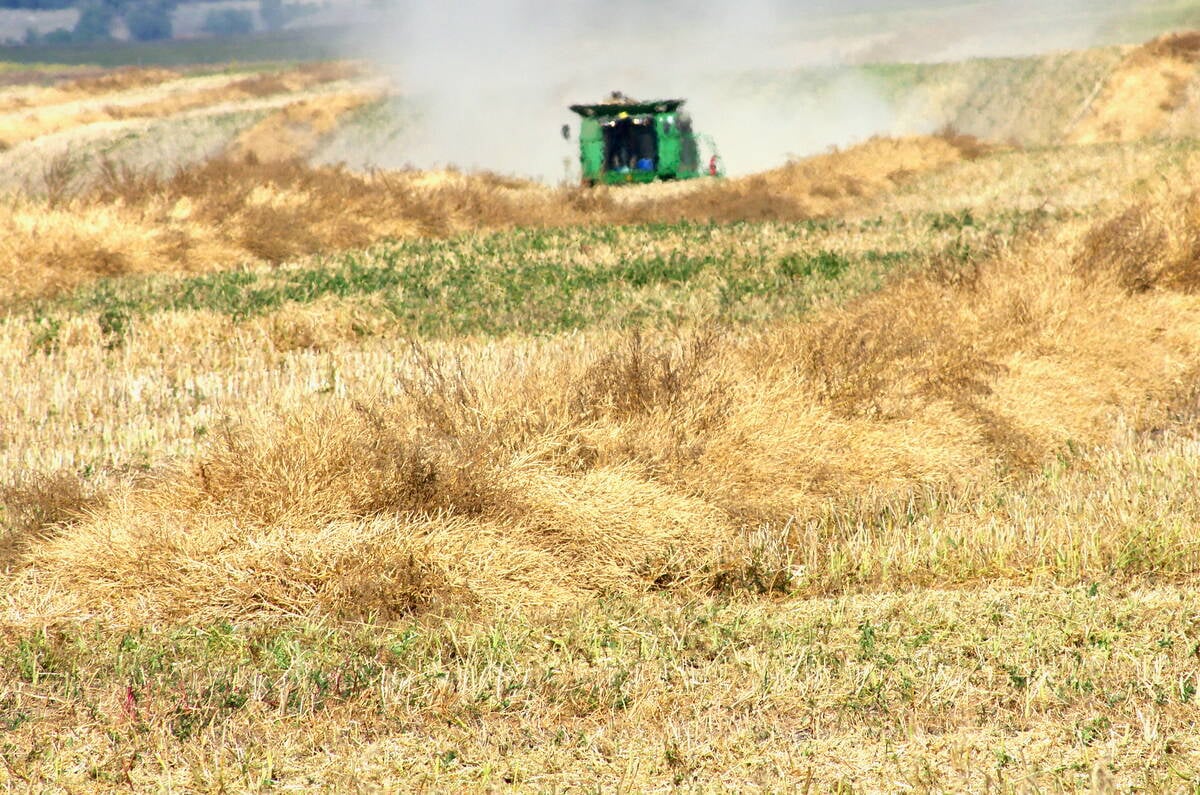A small malting barley crop isn’t translating into big prices and farmers are feeling frustrated.
Producers at a recent Canadian Wheat Board meeting in Saskatoon peppered board officials with questions and complaints about malting barley prices.
The common thread was unhappiness about the price and puzzlement about why the smaller malting barley pool this year hasn’t resulted in higher prices, as reflected in the board’s Pool Return Outlook.
“There’s no malting barley west of Biggar,” said one producer. “How can the price not be higher?”
Read Also

Manitoba searches for Plan B on canola oil exports
A new report explores Manitoba’s current canola oil trade and possible alternative markets to the U.S.
The answer, said board officials in attendance, is that the international market into which the board sells malting barley isn’t impressed by the reduction in the size of Canada’s malting barley crop. It is forecast to be 1.6 million tonnes, about the same as last year but well below the usual two to 2.5 million tonnes.
Farmers tend to look at their local market, said Bob Cuthbert, who oversees malting barley sales for the board, but that’s not the determining factor in price movement.
“Lower domestic production and a shortfall in malting barley quality doesn’t necessarily result in a greater malting barley spread,” he said.
“If our competitors have a strong crop then unfortunately prices don’t go up to the same extent.”
A large crop in Australia, the world’s leading exporter of malting barley, is the main culprit this year. The Aussies produced an estimated 2.7 million tonnes of malting barley in 2005, which is weighing on the market.
Australia exports about 1.6 million tonnes a year out of an average annual world trade of about 4.8 million tonnes.
The other factor affecting pool returns is the increased value of the Canadian dollar relative to its U.S. counterpart.
Because the board prices its grain in U.S. dollars, sales are worth less in Canadian funds as the dollar appreciates. Officials estimate the exchange rate has reduced prices in Canadian dollars by 30 percent in the last two years.
Weak Australian dollar
Making matters worse in the malting barley market, the Australian dollar has not kept pace with the loonie. Six months ago the two were roughly equal, but now the Canadian dollar is 11 cents higher against the U.S. buck.
“That’s another disadvantage for us right now in the world market,” Cuthbert said.
The latest Pool Return Outlook for malting barley projects 2005-06 final prices will be slightly below those realized in 2004-05.
For special select Canada Western two-row, the PRO is $172 a tonne, which translates into a Saskatchewan farmgate price of around $112.95 a tonne. Last year’s final return was $179 a tonne.
For special select CW six-row, the PRO is $164 a tonne ($104.95 basis Saskatchewan), down from $165.52 last year.
For feed barley, the PRO is $125 for Pool A ($66.20 in Saskatchewan) and $115 for Pool B. While Pool A has been sold out, Pool B is reflecting a lower world market due to the Australian crop.
That works out to a spread of about $45 a tonne, or $1 a bushel, between malt and feed in the international market.
“That’s historically an average to pretty good premium,” Cuthbert said. The spread between the malting barley PRO and the domestic market is around 75 cents a bu. in Saskatchewan.














